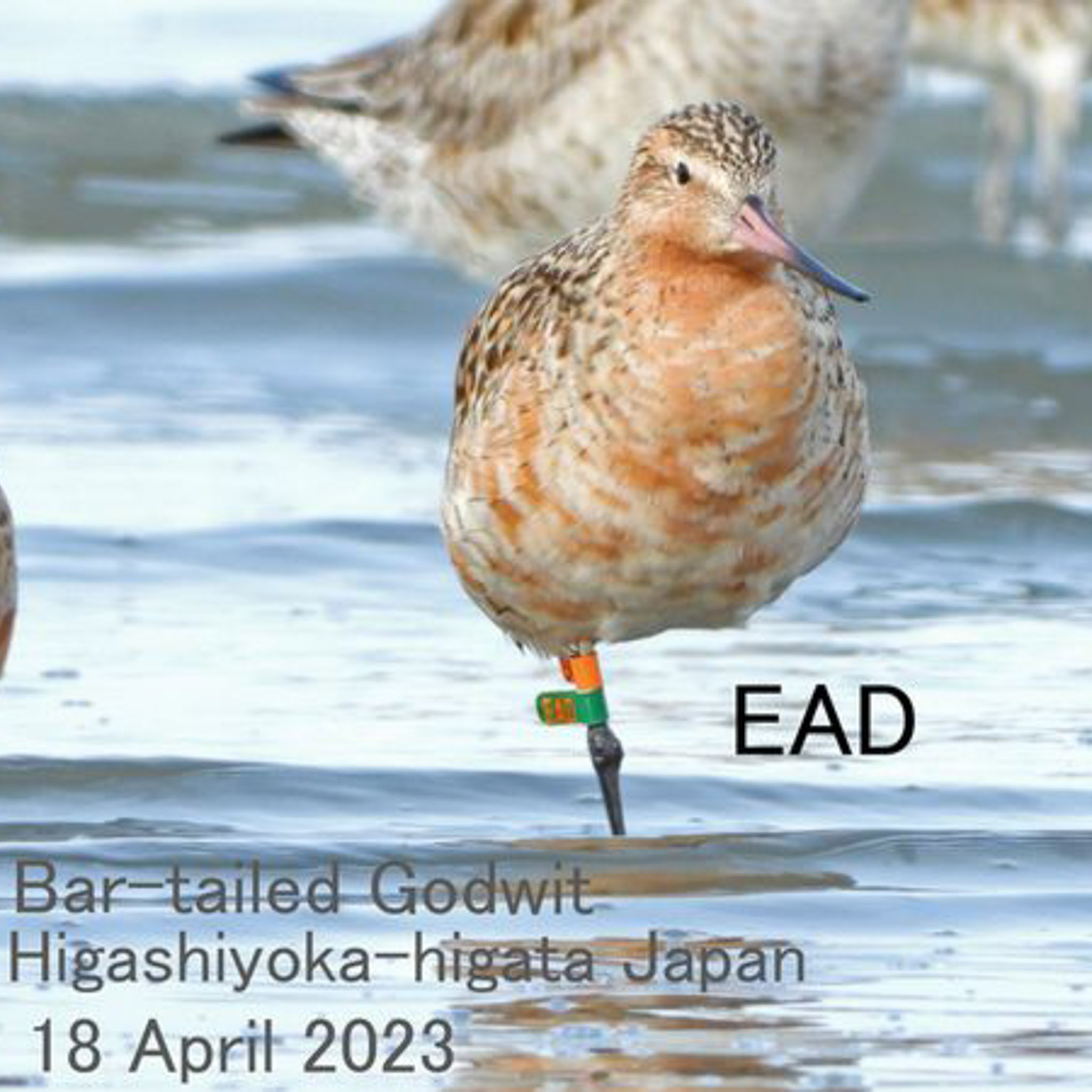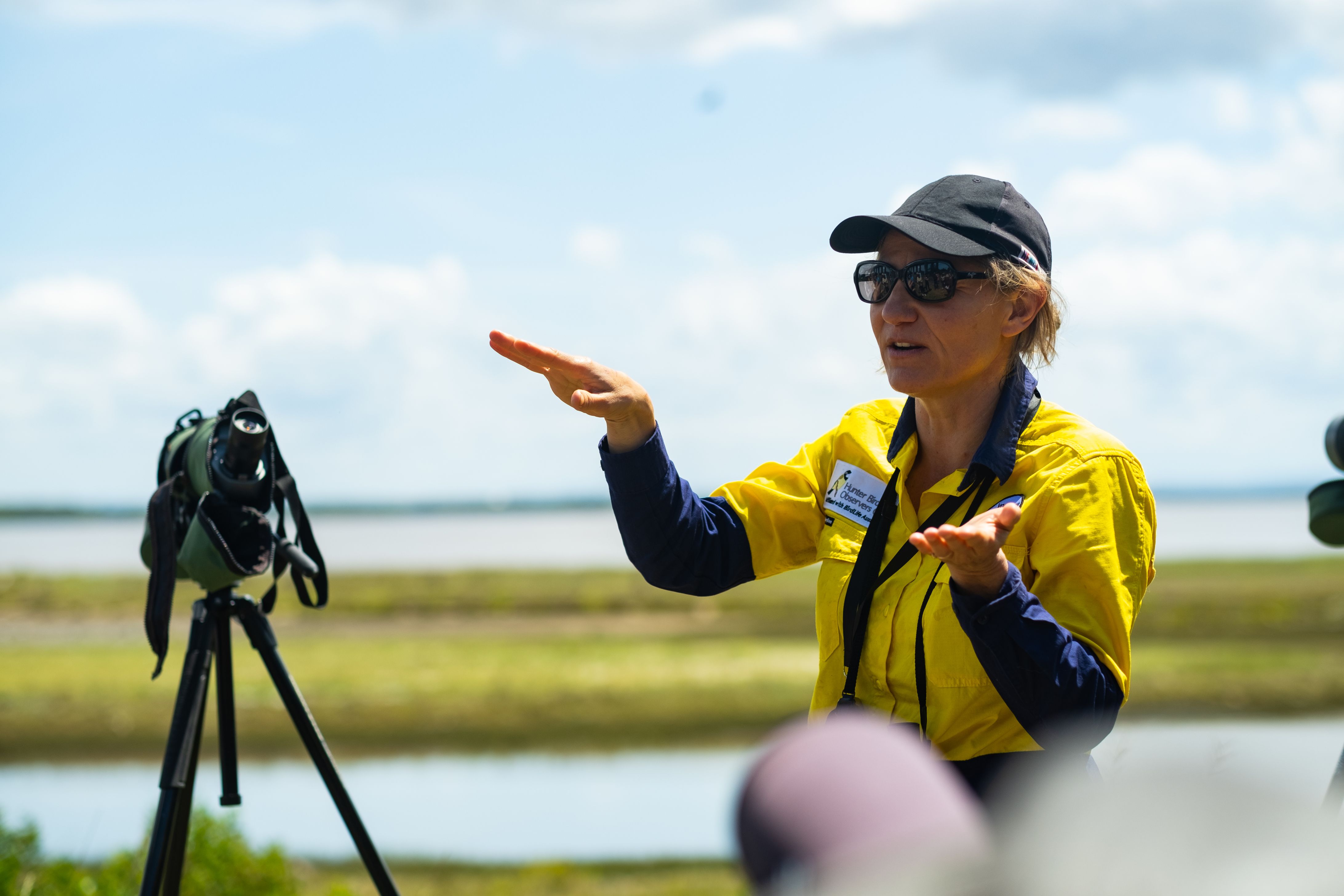A Bar-tailed Godwit shorebird from Stockton NSW has been sighted more than 8000 km north in the Ramsar-listed Higashiyoka-higata mudflats in Japan – a frequent ‘layover’ site for migratory birds.
The bird was fitted with a unique identifying band last December as part of research work to understand movement patterns of shorebirds.
University of Newcastle behavioural ecologist , her research team and Hunter Bird Observers Club A-class banders have partnered to band shorebirds in the Hunter for the first time since the early 2000s as part of a national program.
This is the first time in decades that a bird that has been banded in the Hunter Estuary has been sighted overseas.

Olympic champions of long-distance migratory flights, Godwits can fly from Alaska to Tasmania non-stop in just 11 days. It is estimated that in their lifetime they will fly a distance equivalent to the moon and back.
Dr Andrea Griffin said the international sighting of a migratory shorebird from the Hunter highlights the need for policy makers to consider the location of the proposed offshore wind farm on the Hunter coast, and possible threat this could pose to their flight paths. The Hunter Estuary is recognised as the most important site for threatened shorebirds in NSW – it provides vital habitat for our native birds who breed in the far northern hemisphere to rest between October and March each year before flying North again to breed.
Although the Godwit has beaten her there, Dr Andrea Griffin will fly to Japan this month to celebrate the Kushiro-Port Stephens sistership which promotes the conservation and wise use of wetlands. Dr Griffin will explore opportunities for student exchanges between Hokkaido University and the University of Newcastle.
Dr Griffin’s banding and research program is supported by Local Land Services, DPE Saving Our Species, the Holsworth, Wilma Barden and Wettenhall Foundations and industry partners PWCS and NCIG.









